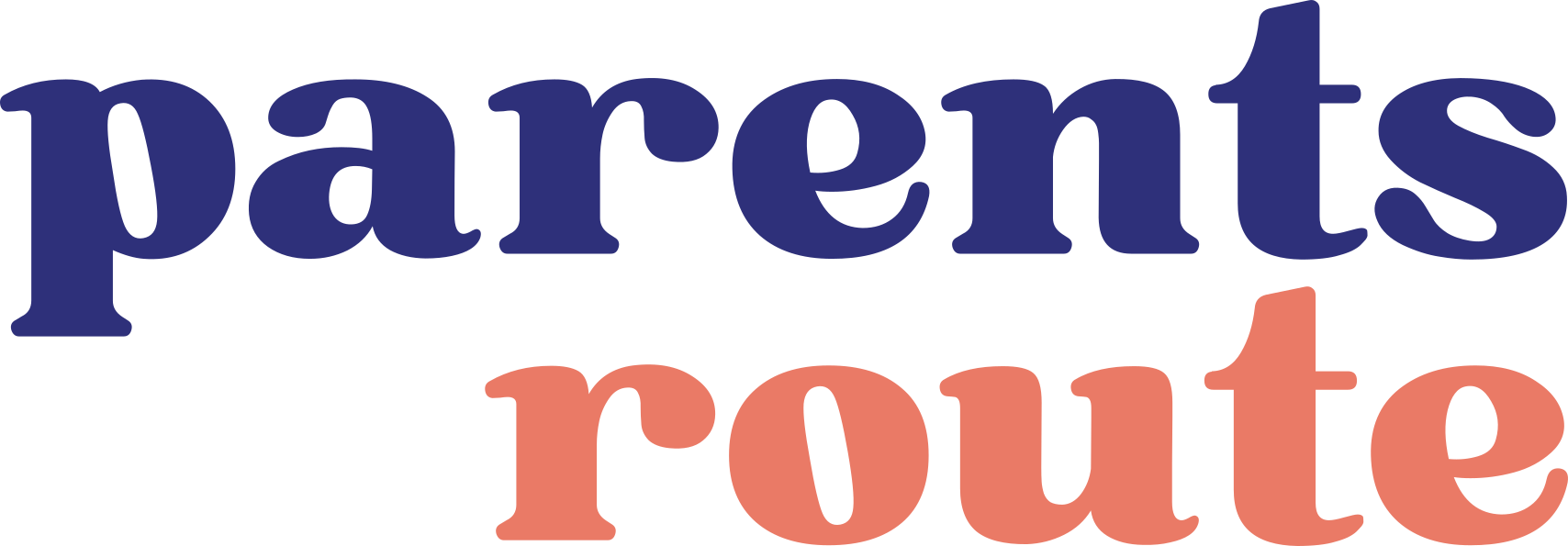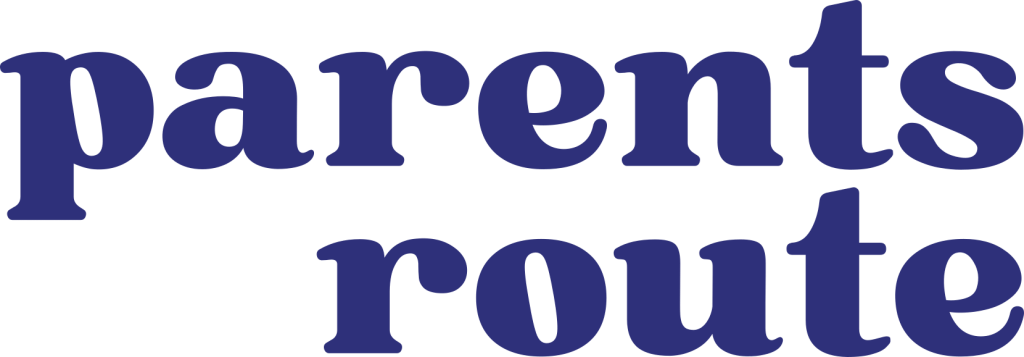Having a baby comes with a lot of excitement, satisfaction, and joy, no doubt about it. However, it’s worth noting that giving birth also comes with a lot of challenges and responsibilities. For instance, you need to provide your infants with the best care and make them learn the best way possible.
“Do as I say, not as I do” is a common parenting phrase that has been around for several centuries. Most people train their kids using this phrase a lot of the time. But here’s a question, does parenting with this phrase work?
“Do as I say, not as I do” is a phrase used by most parents to signal their kids not to copy their bad behaviors. In case you’re one of those that use this parenting phrase, you need to understand that it doesn’t work most of the time because of the way kids learn.
When do babies start learning and how exactly do they do it? What exactly is “do as I say, not as I do parenting”? What are the things to consider when parenting? As you read through the rest of this article, you’ll find everything you need to know about the burning questions above and a few others.

When Do Babies Start Learning And How Do They Learn?
According to a psychologist & researcher at the University of California, Dr. Alison Gopnik, babies start learning from when they are inside their mothers’ wombs. However, real learning starts immediately when the babies are born.
Furthermore, your baby starts learning immediately after you give birth. The baby will do that by first learning to connect the feel of your touch. That’s not all; your baby will also learn the sound of your voice, as well as the sight of your face.
Newborns also learn about the world around them. Your baby can always interact with its environment through rooting reflexes. A good example of that is when you stroke your baby’s cheek gently. This will simply get your infant to turn the head and mouth in that direction. This method makes it easy for your baby to find the breast to start feeding.
The bottom line is that most babies start learning immediately after birth. Since that’s the case, you need to start parenting your toddler as soon as you can, helping it to learn the best way possible. A good way to get a head start in your parenting skills is by following some Antenatal Classes.
Here’s How Toddlers Learn
For you to better understand how toddlers learn, let’s quickly look at how babies store and digest information.
The first five years after birth is the time at which your baby’s capacity for learning is at its peak. At this stage, the baby is sensitive enough to absorb information and process it. Interestingly, there’s no limit to what your baby can learn at the stage of its life (between 0 – 5 years).
According to studies, infants tend to learn and imitate behaviors by observing and listening to what other people say. That is called “observational learning,” according to Kylie Rymanowicz of the Michigan State University Extension. Since that’s the case, it means the first way your baby will interpret information is dependent on what the baby first makes use of between the eyes and the ears.
If babies utilize their eyes first before using words, then it means they’ll first start interpreting information through their eyes. With that, what follows is the imitation of behavior (what they see through their eyes).
What Is “do as I say, not as I do” Parenting?
As earlier mentioned, ‘do as I say, not as I do” is a parenting phrase that has been in use for hundreds of years. According to research, the phrase was first used in John Selden’s Table-Talk, written in 1654 and published posthumously in 1689.
Furthermore, something related to the parenting phrase was used in the 1546’s John Heywood book, tagged “A dialogue Conteinyng the Nomber in Effect of All the Prouerbes in the Englishe Tongue.” Here’s how the phrase was written below:
“It is as folke dooe, and not as folke say.”
The phrase “do as I say, not as I do” is utilized by parents to signal their kids not to imitate their behaviors but rather obey their instructions. It means parents that utilize this phrase are aware of their bad behaviors and do not, in any way, want their kids to imitate them.
The only problem, however, with using this parenting phrase is that it doesn’t work at all times. That’s simply because kids tend to learn using more than one learning model, such as communication and observation.
No doubt, communication is an effective technique to help your infant learn better. For your baby to learn through this technique, you need to pay attention and respond to its cues. However, you need to understand that helping your toddler to learn is more than just using communication as a learning tool.
In addition to communicating with your baby, another effective learning tool is the observational model. This model will get your baby to learn by observing and imitating what you and others do.
That said, it’s important to balance how you get your baby to learn using both communication and observation models. If what you say to your infant doesn’t align with your actions, you may be creating issues for your kid.
Yes, by not aligning what you say with your actions, you’ll most likely boost your baby’s chances of creating contradictions in its head leading to stress. If this happens, your baby will try as much as possible to relieve itself of the stress by going for one of the models – the one that’s easier to process.
- Do as I say
This is the technique that parents often use the most. Well, the fact remains that the technique is very effective for getting toddlers to learn the right way. If applied with good behavior, I see no reason why your baby won’t do well while growing up.
You can just tell your baby to do positive things with words of mouth alone. Since they also learn by observing rather than by listening alone, you need to ensure that the behavioral learning aligns perfectly with what you say to your kid.
The bottom line is that “do as I say” is a good learning model that you can choose for your kid. However, for better results, ensure that you blend this model with good behavior when parenting.
- Do as I do
As you now know, your baby can always learn by observing and imitating what you and other people do. Since that’s the case, the best way to help your kids learn better is by being mindful of what you do in front of them.
The best way to do that is by noting down the behaviors you want your baby to observe and imitate. Of course, you need to think about your behavior and filter out the good ones. Good behaviors are what you need to display when you’re in front of your baby.
Tips On How To Make Your Kids Learn Better
- Consider some of these factors
When parenting, there are certain things that you need to put into consideration. First, you need to understand how to handle stress and frustration around your child. Apart from that, you need to learn how to respond to problems.
I’m sure you’ll agree with me that anger is one of the many normal emotions that humans experience. When parenting, you need to understand and learn how to express anger and other emotions when in front of your baby.
Also, you need to watch how you treat other people. Above all, you need to check your behaviors and only display the positive ones when parenting your kid.
- Be intentional about your toddler’s immediate environment
When parenting, another thing you can consider doing is to prepare a positive environment for your baby. Kids learn by observing and imitating what they see and hear. As such, you need to surround your baby with situations that emit positive behaviors.
- Limit your kid’s exposure to negativity
As a human, it’s almost impossible to eliminate your kid’s exposure to negative influences from the environment. However, you can always limit them as much as you can. One way to do that is by being mindful of what your toddler watches on the TV.
Furthermore, you need to understand who your child interacts with and make sure the person won’t get your kid exposed to negative behavior.

